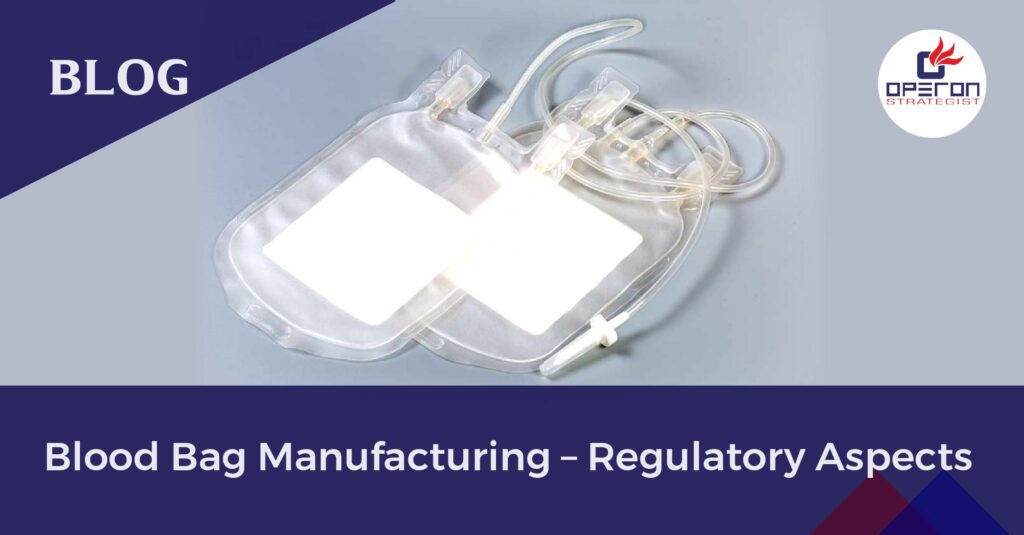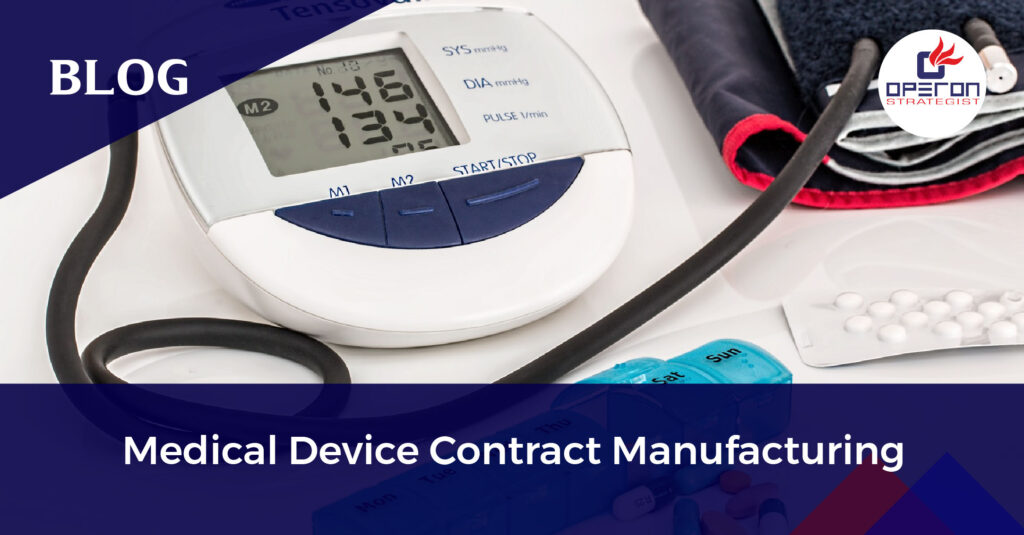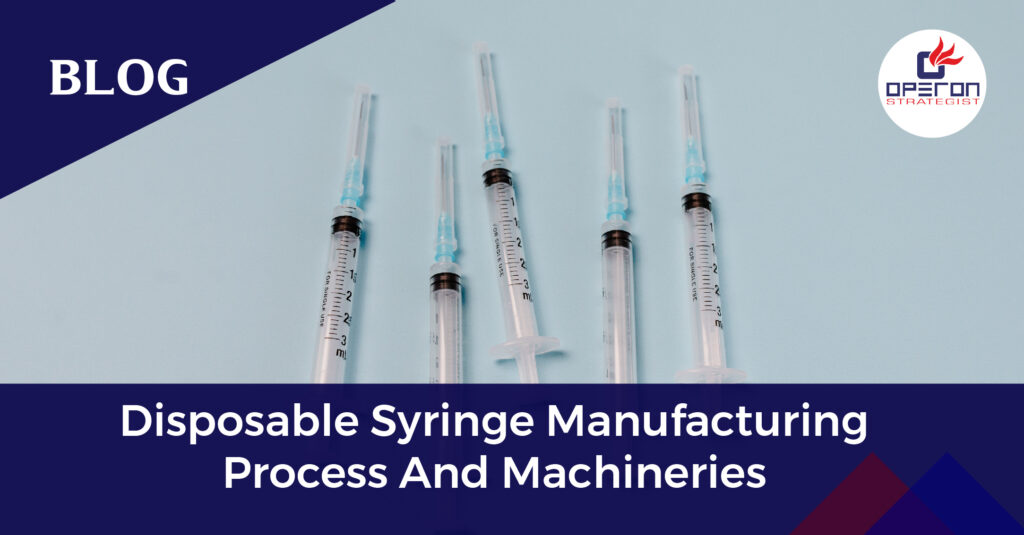Understanding Blood Bags
Blood bags are specially designed medical containers used to collect, store, and transport blood and its components. They are made from flexible, durable materials like polyvinyl chloride (PVC), ensuring safe storage conditions.
Key Components of Blood Bags:
✔️ Blood collection bag – Holds the collected blood.
✔️ Tubes & clamps – Assist in controlled blood flow.
✔️ Needle & needle cover – Ensures a safe blood draw.
✔️ Anticoagulants & preservatives – Prevent clotting and maintain blood quality.
Looking For Blood Bag Manufacturing Consultant?
Let’s have a word about your next project
Key Functions of Blood Bags
Blood bags are essential for:
✔️ Blood Collection & Storage – Used in blood banks, hospitals, and mobile donation camps.
✔️ Component Separation – Allows processing of blood into RBCs, platelets, and plasma for specific medical needs.
✔️ Safe Transfusions – Reduces contamination risks compared to traditional glass bottles.
🏥 Blood bags are critical for emergency procedures, surgeries, and treatments for conditions like anemia and cancer.
Want to Obtain a CDSCO Manufacturing License for Medical Devices?
📊 Market Trends & Innovations
The demand for blood bags is growing due to increasing hospitalizations and advancements in blood safety technologies.
Market Drivers:
✔️ Growing global blood transfusion needs
✔️ R&D investments in innovative blood bag designs
✔️ Advanced safety features like leukoreduction filters & bacterial filters
💡 Did you know? The global blood bag market is projected to grow significantly in the next five years due to rising healthcare demands!
Blood Bag Manufacturing Process

Blood bag manufacturing involves precise processes and strict quality control to ensure safety and durability.
🔹 Step 1: Raw Material Selection
- High-quality medical-grade PVC is used to ensure flexibility and durability.
- Anticoagulant solutions such as CPDA-1 (Citrate Phosphate Dextrose Adenine) are prepared.
🔹 Step 2: Extrusion & Molding
- The PVC sheets are extruded and molded into bag shapes.
- Tubes, clamps, and needle ports are assembled into the bag design.
🔹 Step 3: Sterilization & Sealing
- Blood bags undergo heat sealing to ensure leak-proof integrity.
- Gamma or ethylene oxide (EtO) sterilization is applied to kill any microbial contamination.
🔹 Step 4: Quality Control & Testing
- Bags are tested for leakage, sterility, tensile strength, and anticoagulant effectiveness.
- Regulatory compliance checks are performed to meet ISO, FDA, and CE standards.
🔹 Step 5: Packaging & Distribution
- Final products are individually packaged in sterile conditions.
- Packed bags are stored under controlled environments before distribution.
📜 Regulatory Compliance for Blood Bag Manufacturing
Manufacturing blood bags involves strict adherence to international regulatory standards to ensure safety and efficacy.
🛠️ Key Regulatory Standards:
✔️ ISO 13485 – Medical device Quality Management System (QMS)
✔️ FDA 510(k) Clearance – Required for US market entry
✔️ CE Marking (MDR 2017/745) – European market compliance
✔️ CDSCO Manufacturing License (India) – Approval from the Indian regulatory body
💡 Ensuring compliance with these standards is crucial for global market entry and maintaining product safety!
How Operon Strategist Supports Blood Bag Manufacturers
At Operon Strategist, we help manufacturers navigate complex regulatory landscapes and ensure smooth production processes.
🔹 Our Expertise Includes:
✅ Plant Set-Up & Validation – Assistance in manufacturing plant layout design, process validation, and equipment setup.
✅ Regulatory Compliance – Helping obtain CDSCO, US FDA 510(k), and CE approvals.
✅ QMS Implementation – Ensuring compliance with ISO 13485 for quality control.
✅ Risk Management – Identifying and mitigating potential production risks.
✅ Documentation & Training – Creating SOPs, training teams, and ensuring regulatory adherence.
✅ Post-Market Surveillance – Monitoring product performance and compliance.
Operon Strategist
Need Expert Guidance on Blood Bag Manufacturing?
Conclusion
The demand for safe and efficient blood bags is on the rise, making regulatory compliance and quality manufacturing more important than ever. Operon Strategist helps manufacturers streamline operations, meet compliance standards, and ensure product safety.
🔹 Key Takeaways:
✔️ Blood bags are vital for medical treatments and emergencies.
✔️ Market trends show increasing demand for innovative and safe blood bag designs.
✔️ Compliance with ISO 13485, FDA, CE, and CDSCO is crucial for manufacturing.
✔️ Operon Strategist provides end-to-end support for blood bag manufacturers.
For Manufacturing Plant Setup and Regulatory Compliance of Blood Bag Manufacturing
- adminhttps://operonstrategist.com/author/admin-2/
- adminhttps://operonstrategist.com/author/admin-2/
- adminhttps://operonstrategist.com/author/admin-2/
- adminhttps://operonstrategist.com/author/admin-2/




